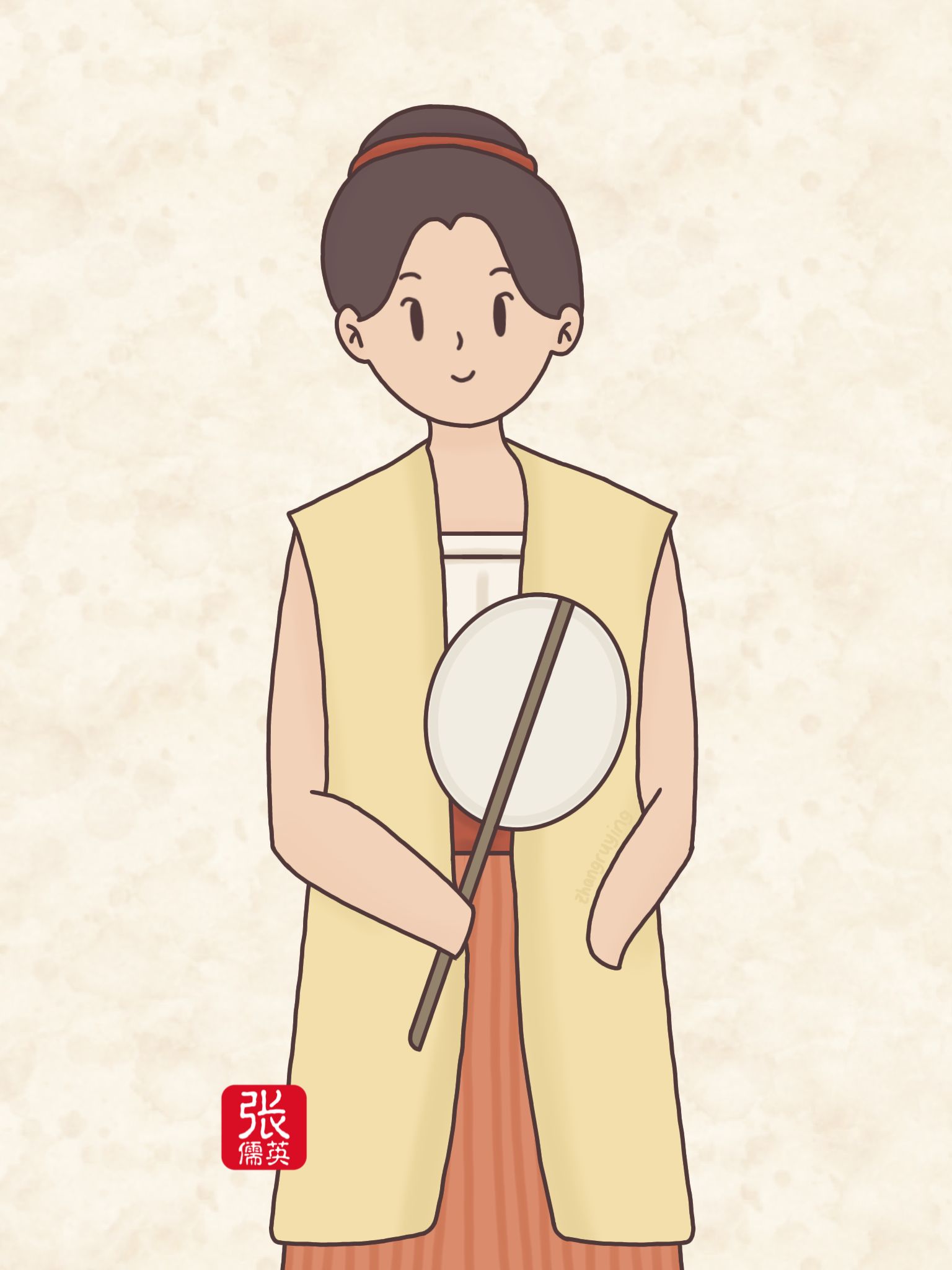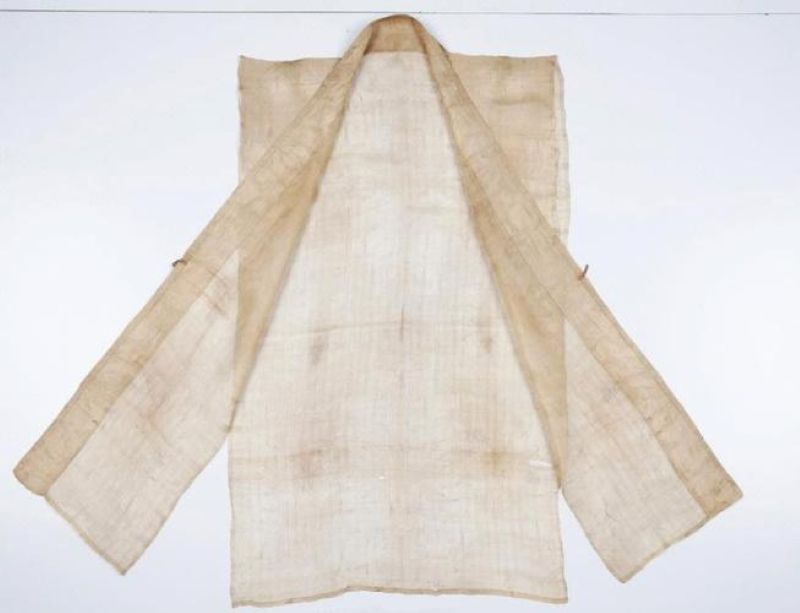Song Dynasty Women’s Summer Secret: Beixin 背心
When we think of Hanfu, the image that often comes to mind is long flowing robes with wide or narrow sleeves. Sleeveless garments rarely appear in that picture—after all, they were often considered less “proper.” But summer in China could be brutally hot, and the women of the Song dynasty had their own answer to this problem: the Beixin (背心).
What is Beixin?
In addition to wearing clothes made of thin fabric, women of the Song dynasty in summer could also wear cool Beixin (背心 ; bèi xīn) to relieve the heat. Beixin is a type of sleeveless clothing that only covers the front chest and back, worn close to the body. Beixin developed from “Liangdang (裲裆 ; liǎng dāng),” and became a common clothing style in the wardrobes of Song women. Beixin could be worn inside to warm the body, or layered on the outside.
From the tombs of the Southern Song
From the tomb of Huang Sheng (黄昇墓 ; Huáng Shēng mù) of the Southern Song dynasty in Fuzhou, eight pieces of Beixin were discovered. The materials included Hualuo (花罗 ; huā luó, Luo fabric with floral patterns), Suluo (素罗 ; sù luó, plain Luo fabric without patterns), Juan (绢 ; juàn, silk), and Zhousha (绉纱 ; zhòu shā, crepe gauze fabric—thin silk with wrinkled texture, transparent and light). Among them, there was one piece of padded Beixin. Summer Beixin were made single-layered, cool and breathable; while autumn and winter Beixin were made double-layered or padded with cotton, which could be worn inside or outside, not only warming and protecting against cold, but also making movement easier, and adding a layered effect to clothing combinations.
Through this sleeveless garment, we can see how Song women balanced tradition with the demands of everyday life. Modesty did not have to mean discomfort, and practicality did not erase elegance. From a Beixin, we see not just clothing, but a dialogue between culture, climate, and aesthetics.
Source: 《我在宋朝穿什么》 by 陆蕾


